June 16, 2025 | 21:37 GMT +7
June 16, 2025 | 21:37 GMT +7
Hotline: 0913.378.918
June 16, 2025 | 21:37 GMT +7
Hotline: 0913.378.918
Sapa (Lao Cai) contains 240 hectares of medicinal plant cultivation, primarily artichoke, elsholtzia wild, canton ampelopsis, amomum hainanense, and herbals used in the creation of Red Dao bathing goods. The town now houses six firms and cooperatives that engage in the cultivation and processing of medical goods, with a processing capacity of around 5,800 tons of fresh medicinal plants per year. The town generates more than 30 billion VND in income from medicinal plants each year.

The development of medicinal plant cultivation areas helps conserve the genetic resources of valuable medicinal plants, protect land reserves, and promote biodiversity. Photo: Luu Hoa.
Following the Provincial resolution on agricultural commodity development strategy by 2030, with a vision for 2050, Sa Pa authorities have actively promoted agricultural development focused on commodity production linked to preservation, processing, and consumption along the value chain, leveraging each region's potential and advantages. There is a focus on establishing clean agriculture, organic agriculture, climate adaptation, and environmental preservation. Crop production is being restructured into two groups: major provincial-level goods and prospective local products associated with the "One Commune One Product" (OCOP) initiative. Furthermore, support and encouragement are provided for the development of high-tech production applications to proactively manage seasonal changes, enhance market competitiveness, increase agricultural product value, and improve production value per unit of cultivated land.
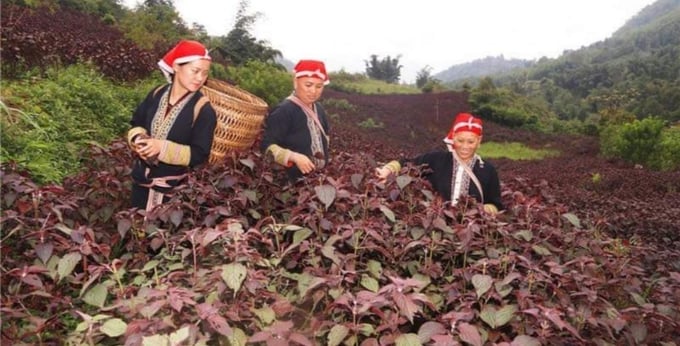
The people of Sapa have a good income from the cultivation of perilla plants. Photo: Luu Hoa.
Medicinal plants will be an important industry in Lao Cai province between 2022 and 2025, and they are one of Sapa's strengths. With ample territory and a good environment for producing medicinal plants, the town has made significant investments in growth. By 2025, Sa Pa hopes to become a main area for medicinal plant production in Lao Cai Province.
Sapa's medicinal plants are of greater grade and have more therapeutic characteristics than those grown in other places. Consumers are familiar with and trust the town's processed medicinal plant goods.
To suit market needs, enterprises and cooperatives have used scientific procedures for deep processing and product diversification. Currently, the town processes over 100 therapeutic plant items, creating a major revenue for locals. The output value of medicinal plants per acre surpasses 100 million VND, and the town generates more than 30 billion VND in income from medicinal plants annually.
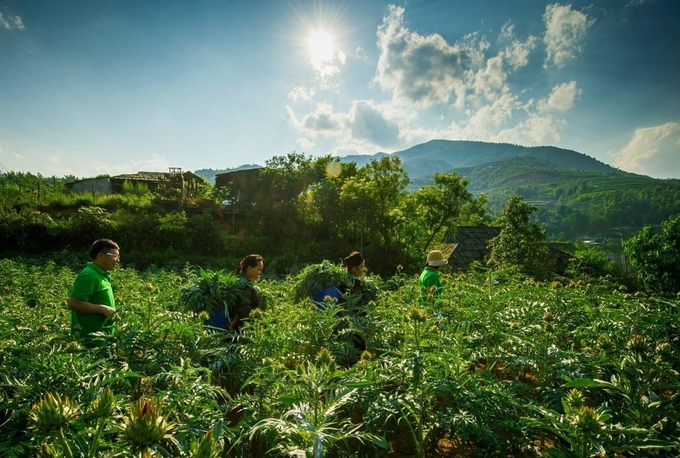
Farmers in Sapa harvesting artichoke leaves. Photo: Luu Hoa.
Some major firms and cooperatives in Sa Pa town, together with their goods and purchase volumes, include: Sa Pa Napro Trading Company Limited (Sa Pa Napro). Purchases around 900 tons of fresh medicinal herbs each year. The firm now offers 19 goods on the market and has an average yearly revenue of 10.5 billion VND. Hung Dung Trading Company Limited (Hung Dung) buys more than 300 tons of fresh medicinal herbs each year. Produces bathing goods, foot soak solutions, massage oils, and herbal extracts, with an annual sales of 8 billion VND. Sapa Secrets Production and Trading Cooperative (Sapa Secrets) acquires more than 400 tons of fresh medicinal herbs each year. With an average annual turnover of 1.6 billion VND, the company specializes in bathing goods, foot soak solutions, perilla soap, and other perilla plant-based items. Red Dao Community Cooperative buys around 400 tons of fresh medicinal herbs each year. With an average annual sales of 3.5 billion VND, the company specializes in the production of bathing goods, foot soak solutions, and other items made from Chinese yam and mugwort.
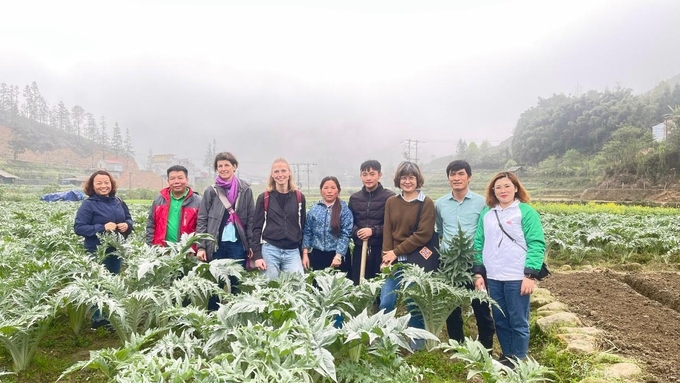
Tourists are fascinated by visiting and experiencing the medicinal plant cultivation areas in Sapa. Photo: Luu Hoa.
Despite ideal natural circumstances, the cultivation of medicinal plants in Sa Pa town has several hurdles. The town's geography is mostly steep, making it difficult to extend the growing space for medicinal plants. Production is mostly informal and fragmented, with few cooperative forms (such as cooperatives, production teams, groups, and businesses), posing problems in production organization, quality control, and traceability of product origin.
Currently, some medicinal plants in Sapa lack stable markets and rely heavily on the Chinese market. The production costs for medicinal plants are significantly higher than for traditional crops such as rice and corn. The requirements for fertilizers, pesticides, and labor for plant care are high, making it difficult for local residents to invest in production without support from the government or enterprises. Most medicinal plant products are sold fresh or in raw form, which limits their economic value.
Translated by Linh Linh
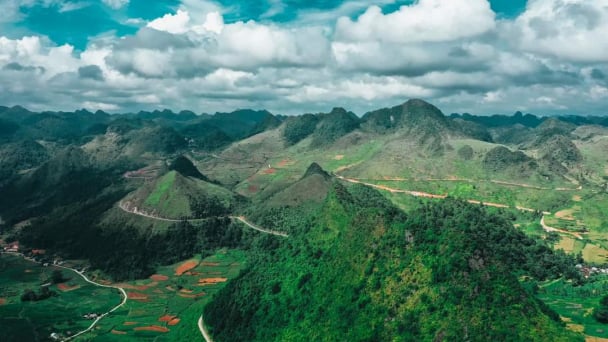
(VAN) The UNESCO Global Geopark revalidation of Non nuoc Cao Bang and the transition to a two-tier administrative model are presently undergoing a pivotal moment in Cao Bang, the northernmost province of Vietnam.
/2025/06/13/5330-2-004539_953.jpg)
(VAN) Changing policy mindset and removing investment barriers are urgent requirements to open up new development space for enterprises in the agricultural sector.

(VAN) The areas include the restoration of five million hectares of marine ecosystems.

(VAN) Dr. Le Van Nguyen, Director of the Institute of E-Commerce Management (ECM), emphasizes the potential for green development through the cultivation of fruit trees, particularly in provinces such as Son La.
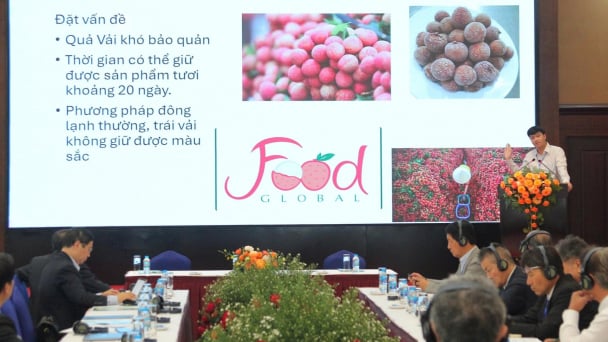
(VAN) VAAS and numerous Vietnamese enterprises have signed cooperation agreements with Japanese partners to promote agricultural technology and trade connectivity.
/2025/05/29/5625-12-214801_567.jpg)
(VAN) Provincial mergers in the Mekong Delta promise to streamline administration, expand inter-provincial raw material areas, and foster close linkages in agricultural value chains, benefiting both businesses and cooperatives.
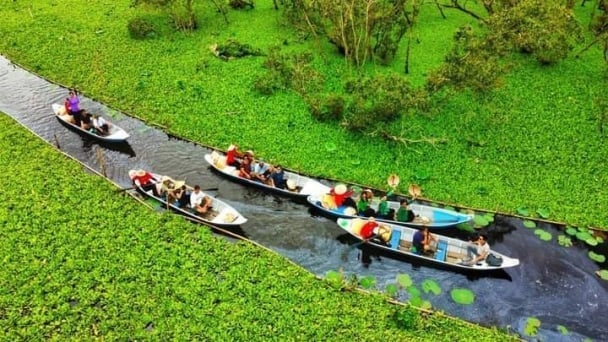
(VAN) Merging Mekong Delta provinces contributes to the expansion of agricultural raw material areas, addressing previous constraints caused by provincial boundaries. Additionally, this expansion will reduce costs and strengthen linkages between businesses, cooperatives, and farmers.